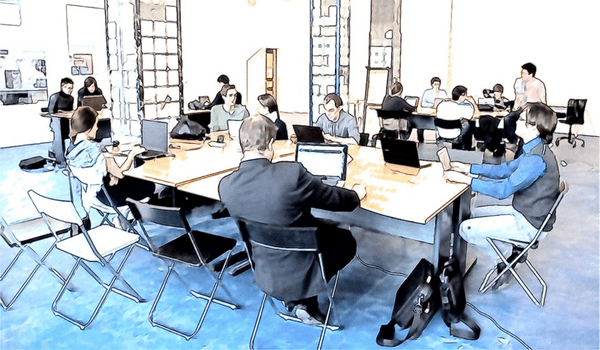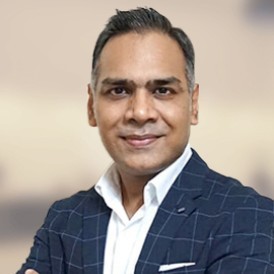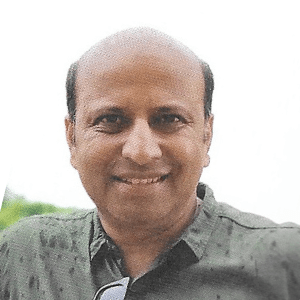In large organisations, the role of centres of excellence (CoE) are quite well defined. They take up certain specific tasks from the HR department, key in on them to align them specifically to suit the organisational priorities.
Centres of excellence generally tackle crucial functions of HR such as talent acquisition, learning and development (L&D) and talent analytics. They are staffed with employees who specialise in those domains.
As more organisations utilise CoEs to diversify the HR function, many have found certain pitfalls in the system. Complacency and complexity in execution have come up as the major drawbacks of the department.
In an article by McKinsey and Co., the new-age HR model Ulrich+ — a spin off the earlier Ulrich model — looks to restructure the utility of CoEs and help streamline the issues it faces in execution.
In its more classic form, the Ulrich model aims to organise the HR function into four main roles — a strategic HR partner, an administrative HR partner, a change agent and an employee champ.
These four HR roles have been the backbone of many multinational corporations (MNC), but seem to be waning in relevance in today’s corporate landscape.
As issues in execution arise with CoEs, the Ulrich+ model hopes to solve these issues by finding ways to increase agility in the function. This, in turn, makes it better prepared for the volatile, uncertain, complex and ambiguous (VUCA) world we are in.
This is how it plans on doing so:
Give more responsibilities to HRBPs
As mentioned earlier, one of the main reasons to establish a CoE is to help create a focus on certain crucial HR functions and better align them to suit organisational priorities. One of the key roles of HR business partners (HRBP) is to align business objectives with employees and management in designated business units.
A major criticism of the most common CoEs is that they are too distant from the actual organisational structure. Members at the CoEs seem estranged from the organisational ideologies and vision.
Human resource business partners act as a bridge between the business and HR functions, making sure both sides understand each other’s importance and requirements. They are essential to help employees align themselves with the objectives of the company.
“The line between who is accountable for strategy and who is accountable for execution will depend on who understands the context better.”
Jonathan D’Souza, CHRO, WOLP
The Ulrich+ model calls for HRBPs to take on the responsibilities to execute and implement projects and strategies formulated by the CoEs, further diversifying and delegating responsibility in the HR structure.
“At the end of the day, it is about accountability. If HRBPs really manage to understand the organisational goals and can channel them in a way that encourages productivity, that could be a solution to fixing the CoE structure of today,” says Shashikant KS, CEO and CHRO, Chaipoint.
Jonathan D’Souza, CHRO, Welspun One Logistics Parks (WOLP), is not fully convinced that this can be the solution. He says, “The line between who is accountable for strategy and who is accountable for execution will depend on who understands the context better and who can create a better narrative during the execution phase.”
Thus, ensuring that HRBPs take the responsibility of implementing the plan as well as creating the roadmap for execution is crucial to make sure that the strategies are in tandem with the organisation’s targets. This will create an overall HR structure that is more accountable.
Handing the reins of execution and implementation over to an organisation’s HRBPs will allow them to direct the activities at the CoEs in a way that is efficient and effective for the organisation. This will mitigate the core issues of complacency and complexity.
Scale down CoEs
Handing over crucial responsibilities to the HRBPs will help organisations focus on the vital roles within CoEs. Organisations will be able to create an even more specialised team whose sole focus would be to achieve organisational targets.
“Unfortunately, those who may be generalists in other companies are considered specialists at these CoEs.”
Shashikant KS, CEO and CHRO, Chaipoint
Organisations must ensure that the quality of employees in the CoE really specialise in their function. Shashikant believes organisations tend to adopt a rather relaxed mode when it comes to hiring talent for their CoEs.
“Unfortunately, those who may be generalists in other companies are considered specialists at these centres,” exclaims Shashikant.
In the new model, CoEs will operate predominantly online while being backed by various global business services at their disposal.
For multinational companies to have CoEs that actually create a product usable in the organisational structure, they have to be able to scale down the team to a size that is manageable, focused and accountable.
The CoE structure of today is inefficient and unregulated, leaving a lot to be desired on the part of those working there.
Shashikant expands on the above point saying, “The only solution to creating a functional CoE that actually provides valid inputs to an organisation is to create an intimate team setup that keys into the targets and encourages an environment that pushes to produce KRAs that add real value to an organisation.”
How relevant will they be?
In today’s corporate landscape, the need for CoEs only seems to be at the top of the food chain. Large MNCs have come out and announced their intentions to build more CoEs to fuel growth in certain areas of business.
A Mckinsey survey of more than 100 CHROs found that the majority believe that the CoE structure of today is due for a change.
The current structure and functioning of a CoE has proven to be unsustainable for a business in the long term, and is incapable of producing what is required of them in an efficient manner.
Solutions that may aim to completely change the functioning of the traditional CoE can also be looked at. D’Souza observes a trend where, “CoEs will not be standalone experts in a particular discipline but will be multidisciplinary. Hence, they will run projects with different dynamics in a parallel manner instead of being linear.”
To ensure their relevance in today’s corporate landscape, finding more ways to realign the roles and redefine the structure of the traditional CoEs can be their saving grace.





